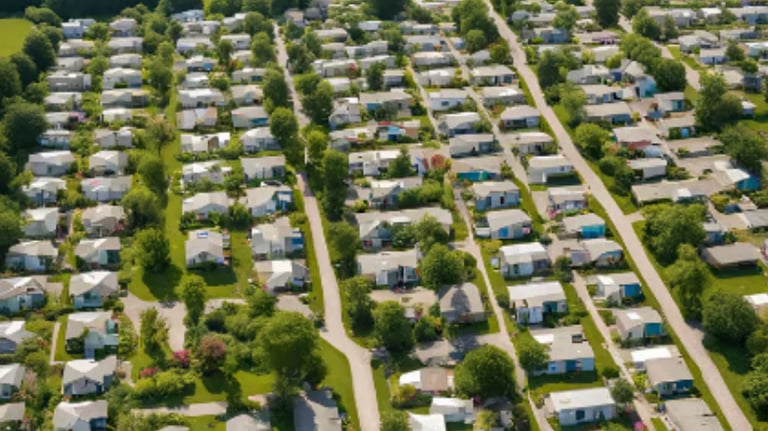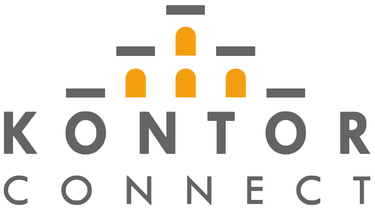

WLAN in the allotment garden club
WLAN is no longer just a luxury, but a necessity for allotment garden associations. It enables communication between members, the announcement of events and access to important club information. In addition, WLAN can also be used for security purposes, such as the installation of surveillance cameras or alarm systems.
Easier communication and organisation
Fast information: Members can be quickly informed about news and events via email, messenger services or social media groups.
Online meetings: Virtual meetings and voting allow flexible participation, even if members cannot be on site.
Calendars and planning tools: Digital calendars and planning apps help to organise community work, parties and other activities.
Working from the allotment garden
Many people work remotely these days. With stable WLAN, working from home in the allotment garden is no problem, which of course enables longer stays and more flexibility.
Safety and security
Surveillance: Security cameras can be connected via WLAN to monitor the system and protect against burglary or vandalism.
Emergency communication: In emergencies, members can quickly call for help or inform each other.
Leisure and entertainment
Streaming: Members and their families can access streaming services during breaks.
Online games and learning programmes: Children and young people can use digital learning programmes or games while in the garden.
Online resources: Members can access gardening tips, guides and planting calendars to optimise their garden maintenance.
Workshops and webinars: Online courses and webinars on topics such as sustainable gardening, beekeeping or fruit and vegetable growing can be organised.
Economic advantages
Cost savings: The ability to share information online can reduce printing and postage costs for newsletters and information material.
Additional income: The association could charge fees for using the WLAN service or attract sponsors for providing the internet.
For an allotment garden association, the choice between fibre optic and satellite internet depends heavily on the geographical location and the specific requirements of the association. Fibre offers high speeds and reliability, but may not be available in remote areas and can be expensive to install. Satellite internet offers wide availability and ease of installation, but can be weather dependent and have higher running costs. Clubs in remote areas are likely to benefit more from the flexibility of satellite internet, while in urban or well-connected areas a fibre optic connection is preferable.


